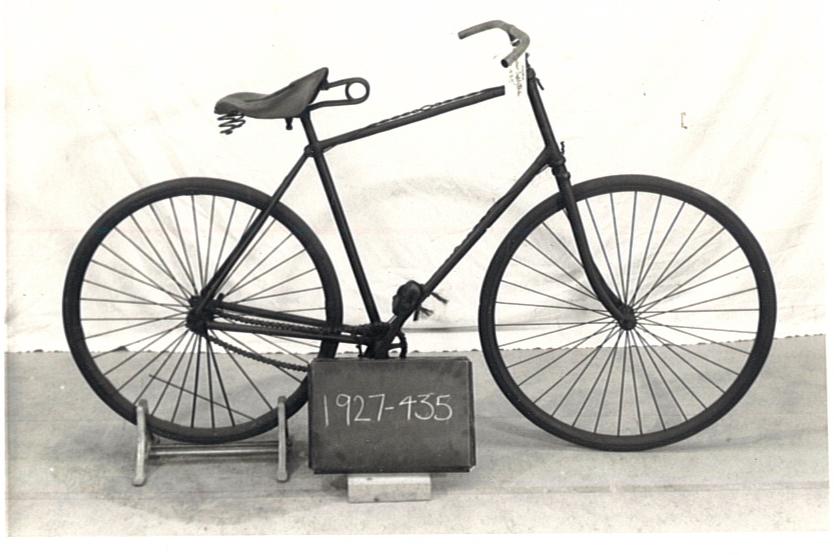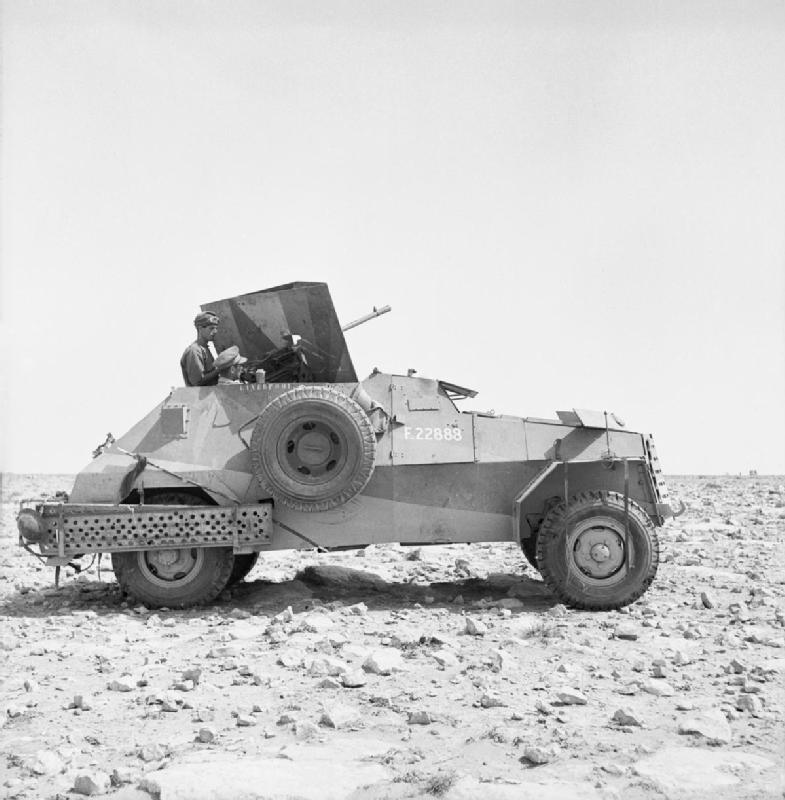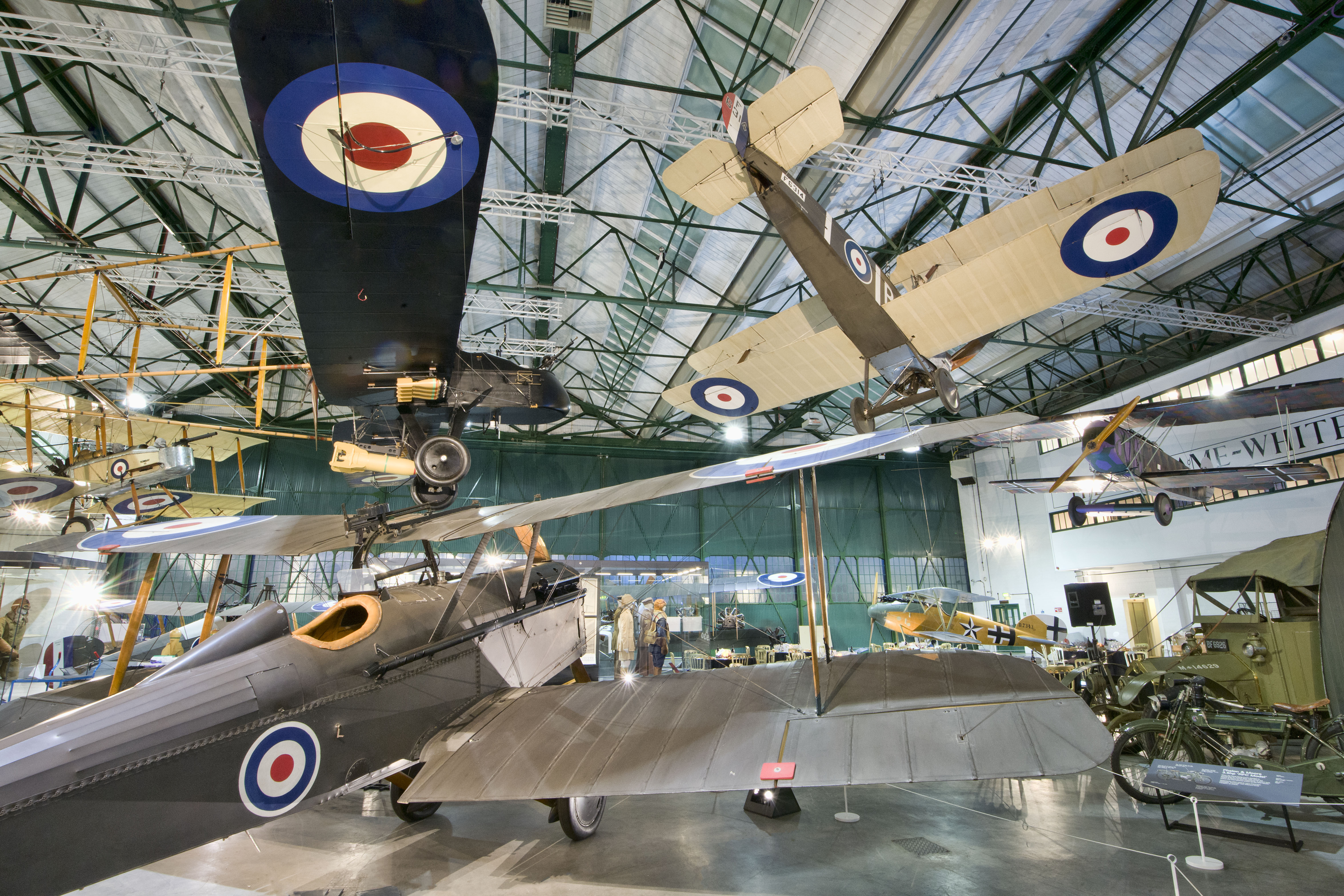|
Humber LRC
The Humber Light Reconnaissance Car, also known as Humberette or Ironside, was a British armoured car produced during the Second World War. Design Produced by the Rootes Group, the Humber Light Reconnaissance Car was an armoured car based on the Humber Super Snipe chassis (as was the Humber Heavy Utility car. It was equipped with a No. 19 radio set. From 1940 to 1943 over 3600 units were built. Operational history The vehicle was used by Infantry Reconnaissance Regiments and the RAF Regiment in Tunisia, Italy and Western Europe. After the war, some vehicles remained in service with the British units in India and in the Far East. The LRC was used widely by the Reconnaissance Corps and was also used by the Reconnaissance squadron of the 1st Czechoslovak Independent Armoured Brigade Group. Three Mk I vehicles were modified for use by the British Royal Family and the Cabinet ministers and were known as "Special Ironside Saloons". Variants *Mk I The original version wi ... [...More Info...] [...Related Items...] OR: [Wikipedia] [Google] [Baidu] |
Humber Limited
Humber Limited was a British manufacturer of bicycles, motorcycles, and cars incorporated and listed on the stock exchange in 1887. It took the name "Humber & Co Limited" because of the high reputation of the products of one of the constituent businesses that had belonged to Thomas Humber. A financial reconstruction in 1899 transferred its business to Humber Limited. From an interest in motor vehicles beginning in 1896, the motor division became much more important than the cycle division and the cycle trade marks were sold to Raleigh in 1932. The motorcycles were withdrawn from sale during the depression of the 1930s. Humber is now a dormant marque for automobiles as well as cycles. Following their involvement in Humber through Hillman in 1928 the Rootes brothers acquired 60 per cent of Humber's ordinary capital, sufficient for a controlling interest. The two Rootes brothers joined the Humber board in 1932 and began to make Humber the holding company for vehicle manufacturing ... [...More Info...] [...Related Items...] OR: [Wikipedia] [Google] [Baidu] |
Marmon-Herrington Armoured Car
The Marmon-Herrington Armoured Car was a series of Armored car (military), armoured vehicles that were produced in South Africa and adopted by the British Army during the World War II, Second World War. RAF Armoured Car Company, RAF Armoured Car companies possessed them, but seem never to have used them in action, making greater use of Rolls-Royce Armoured Car, Rolls-Royce Armoured Cars and other types. History In 1938 the South African authorities began funding development of a new Armored car (military), armoured car for the Union Defence Force (South Africa), Union Defence Force. The outbreak of the World War II, Second World War led to a vehicle based on a Ford Motor Company, Ford 3-ton truck chassis.Fletcher p97 As South Africa then lacked a developed automotive industry, many components of the vehicle had to be imported. Chassis components were purchased from Ford Canada and fitted with a four-wheel drive train produced by the American company Marmon-Herrington (hence the de ... [...More Info...] [...Related Items...] OR: [Wikipedia] [Google] [Baidu] |
Gate Guardian
A gate guardian or gate guard is a withdrawn piece of equipment, often an aircraft, armoured vehicle, artillery piece, or locomotive, mounted on a plinth and used as a static display near to and forming a symbolic display of "guarding" the main entrance to a site, especially a military base. Commonly, gate guardians outside airbases are decommissioned examples of aircraft that were once based there, or still are. Examples Examples of gate guardians include the following: Australia In Australia, gate guards are also often found outside Returned and Services League of Australia (RSL) clubs. Finland *A MiG-21 formerly of the Finnish Air Force is on display at the entrance of Kuopio Airport. *Two T-34s at the Armoured Brigade. Saudi Arabia *Lockheed L-1011 TriStar which operated under Saudia in the 1970s is placed on a tarmac next to the gate at Royal Saudi Air Force Museum in Riyadh. South Africa *Atlas Impala at Air Force Base Ysterplaat. *Twin Eland Mk7 Armoured Car ... [...More Info...] [...Related Items...] OR: [Wikipedia] [Google] [Baidu] |
Military College Of EME
A military, also known collectively as armed forces, is a heavily armed, highly organized force primarily intended for warfare. It is typically authorized and maintained by a sovereign state, with its members identifiable by their distinct military uniform. It may consist of one or more military branches such as an army, navy, air force, space force, marines, or coast guard. The main task of the military is usually defined as defence of the state and its interests against external armed threats. In broad usage, the terms ''armed forces'' and ''military'' are often treated as synonymous, although in technical usage a distinction is sometimes made in which a country's armed forces may include both its military and other paramilitary forces. There are various forms of irregular military forces, not belonging to a recognized state; though they share many attributes with regular military forces, they are less often referred to as simply ''military''. A nation's military may f ... [...More Info...] [...Related Items...] OR: [Wikipedia] [Google] [Baidu] |
Overloon War Museum
The Overloon War Museum (''Dutch: Oorlogsmuseum Overloon'') is located in Overloon, Netherlands. The museum was opened on May 25, 1946, making it one of the oldest museums in Europe dedicated to the Second World War. The museum is located on the site of the Battle of Overloon, a World War II tank and infantry battle between Allied and German forces that occurred in September and October 1944, in the aftermath of Operation Market Garden. The museum is set in 14 hectares of woodland. A feature of the museum is the large number of military vehicles and equipment on display, both German and Allied. For years these have been kept in the open air, but have recently been moved indoors in order to help preserve them. Many of the exhibited vehicles took part in the Battle of Overloon. In 2006 the collection was expanded with a large number of vehicles from a private collection. See also *Verzetsmuseum – Amsterdam, Netherlands *Bundeswehr Museum of German Defense Technology – Kobl ... [...More Info...] [...Related Items...] OR: [Wikipedia] [Google] [Baidu] |
Royal Air Force Museum London
The Royal Air Force Museum London (also commonly known as the RAF Museum) is located on the former Hendon Aerodrome. It includes five buildings and hangars showing the history of aviation and the Royal Air Force. It is part of the Royal Air Force Museum. There is another site at Royal Air Force Museum Cosford at RAF Cosford in Shropshire. History The Museum site at Colindale was once part of the RAF Hendon station and prior to that, one of the first civilian airfields, acquired by Claude Grahame-White in 1911. In 1914, the aerodrome was requisitioned for Home Defence during the First World War. Hendon became a Royal Naval Air Station, training new pilots in the flying schools on site. Operations ceased after the end of the Great War. From 1927 to 1939 Hendon housed No. 601 Squadron, nicknamed the 'Millionaires' Squadron' due to the wealth and upper social class of its volunteers. In 1939, the outbreak of war saw Hendon once again become an operational RAF station, home to No ... [...More Info...] [...Related Items...] OR: [Wikipedia] [Google] [Baidu] |
Royal Museum Of The Armed Forces And Of Military History
The Royal Museum of the Armed Forces and Military History (french: Musée Royal de l'Armée et d'Histoire Militaire, often abbreviated to MRA, nl, Koninklijk Museum van het Leger en de Krijgsgeschiedenis, KLM) is a military museum that occupies the two northernmost halls of the historic complex in the Parc du Cinquantenaire/Jubelpark in Brussels, Belgium. The park is set on the continuation of the Rue de la Loi/Wetstraat, which starts at the end of Brussels Park before the Royal Palace. History Origins (–1910) The Parc du Cinquantenaire/Jubelpark was part of a project commissioned by the Belgian Government under the patronage of King Leopold II for the 1880 ''National Exhibition'', commemorating the 50th anniversary of the Belgian Revolution. In 1875, the architect Gédéon Bordiau made a proposal to build on this site; part of the so-called "Linthout" plains, the former military exercise ground of the Garde Civique outside of Brussels' city centre. The location was na ... [...More Info...] [...Related Items...] OR: [Wikipedia] [Google] [Baidu] |
Dutch Cavalry Museum
The Dutch Cavalry Museum is located in the centre of The Netherlands in the city of Amersfoort. The museum is hosted in two large buildings at the ''Bernhardkazerne'' army barracks. The collection contains small objects, like uniforms, firearms, silver, paintings, scale models, etc., and larger objects, like vehicles, armoured cars, tanks and related equipment, that were or still are in use with the cavalry of the Royal Dutch Army The Royal Netherlands Army ( nl, Koninklijke Landmacht) is the land branch of the Netherlands Armed Forces. Though the Royal Netherlands Army was raised on 9 January 1814, its origins date back to 1572, when the was raised – making the Dutch .... The museum covers over 425 years of history, and shows the visitor the evolution of cavalry from horseback to the modern tank. External links Dutch Cavalry Museum Museums in Amersfoort Army museums in the Netherlands {{Netherlands-museum-stub ... [...More Info...] [...Related Items...] OR: [Wikipedia] [Google] [Baidu] |
Perspex
Poly(methyl methacrylate) (PMMA) belongs to a group of materials called engineering plastics. It is a transparent thermoplastic. PMMA is also known as acrylic, acrylic glass, as well as by the trade names and brands Crylux, Plexiglas, Acrylite, Astariglas, Lucite, Perclax, and Perspex, among several others ( see below). This plastic is often used in sheet form as a lightweight or shatter-resistant alternative to glass. It can also be used as a casting resin, in inks and coatings, and for many other purposes. Although not a type of familiar silica-based glass, the substance, like many thermoplastics, is often technically classified as a type of glass, in that it is a non-crystalline vitreous substance—hence its occasional historic designation as ''acrylic glass''. Chemically, it is the synthetic polymer of methyl methacrylate. It was developed in 1928 in several different laboratories by many chemists, such as William Chalmers, Otto Röhm, and Walter Bauer, and first brought ... [...More Info...] [...Related Items...] OR: [Wikipedia] [Google] [Baidu] |
Thrupp & Maberly
Thrupp & Maberly was a British coachbuilding business based in the West End of London, England. Coach-makers to Queen Victoria they operated for more than two centuries until 1967 when they closed while in the ownership of Rootes Group. Mr Thrupp This family coachbuilding firm was started near Worcester about 1740. The founder's son, Joseph Thrupp (died London 1821), came to London about 1765 and ran a coach making business in George Street, Grosvenor Square. Though his best known coachbuilder descendant was George Athelstane Thrupp (1822-1905) Joseph left a number of notable descendants* Arthur Thomas Thrupp (1828-1889), Royal Navy officer * Dorothea Ann Thrupp (1777-1847), writer * Frederick Thrupp (1812-1895), sculptor * John Thrupp (1817-1870), historian * Joseph Francis Thrupp (1827–1867), churchman and academic who were not coach, carriage or harness makers. Joseph's London business was continued by his nephew Henry East Thrupp (1774-1852),Thrupp, Henry East, son of ... [...More Info...] [...Related Items...] OR: [Wikipedia] [Google] [Baidu] |







